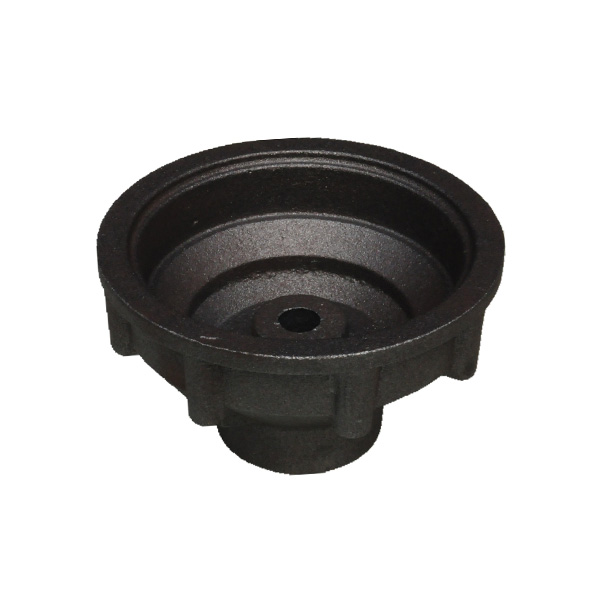Mobile:+86-311-808-126-83
Email:info@ydcastings.com
lost wax casting stainless steel
Lost Wax Casting of Stainless Steel A Timeless Technique
Lost wax casting, also known as investment casting, is an ancient method that has stood the test of time in various industries, particularly in the production of stainless steel components
. This technique offers remarkable precision and versatility, making it a preferred choice for artisans and manufacturers alike.The lost wax casting process begins with the creation of a wax model, which is an exact replica of the desired final product. Artisans meticulously craft these models, ensuring every detail is captured. Once the wax model is complete, it is coated with a ceramic material to create a sturdy mold. This coating is then heated, melting away the wax and leaving behind a hollow ceramic shell that mirrors the original design.
Stainless steel, known for its corrosion resistance and strength, is the material of choice in many applications. When molten stainless steel is poured into the ceramic mold, it takes the shape of the original wax model. After cooling and solidifying, the mold is broken open to reveal the final metal casting. This method allows for intricate designs and fine details that would be challenging to achieve with other manufacturing techniques.
lost wax casting stainless steel

The advantages of lost wax casting in stainless steel production are numerous. Firstly, it facilitates the creation of complex geometries that may not be feasible with traditional machining processes. This makes it ideal for producing intricate components used in various industries, from aerospace to medical devices. Additionally, lost wax casting generally results in less material waste compared to machining, as the cast parts often require minimal finishing.
Moreover, stainless steel castings are widely recognized for their mechanical properties. They exhibit excellent strength, toughness, and fatigue resistance, making them suitable for high-stress applications. The durability of stainless steel casts also contributes to the longevity of the final products, reducing the need for frequent replacements.
Despite its many advantages, the lost wax casting process does come with certain challenges. The need for skilled artisans to create the initial wax models and the careful control of the casting process are critical to achieving high-quality results. Moreover, this technique can be more time-consuming and costly compared to more modern manufacturing processes, which may deter some manufacturers.
In conclusion, lost wax casting remains a vital method for producing stainless steel components, combining the beauty of artistry with industrial efficiency. As technology advances, the principles of this age-old technique continue to evolve, ensuring that lost wax casting will remain relevant in the world of manufacturing for years to come.
-
Valve Body Acts as the “Heart” of Flow ControlNewsMay.19,2025
-
Understanding the Importance of ImpellersNewsMay.19,2025
-
Importance of Automobile Water PumpsNewsMay.19,2025
-
How an Engine Oil Pan Works to Keep Your Car LubricatedNewsMay.19,2025
-
Common Materials Used in Pump Impeller ManufacturingNewsMay.19,2025
-
Ball Valve Casting in Modern Pipeline SystemsNewsMay.19,2025











